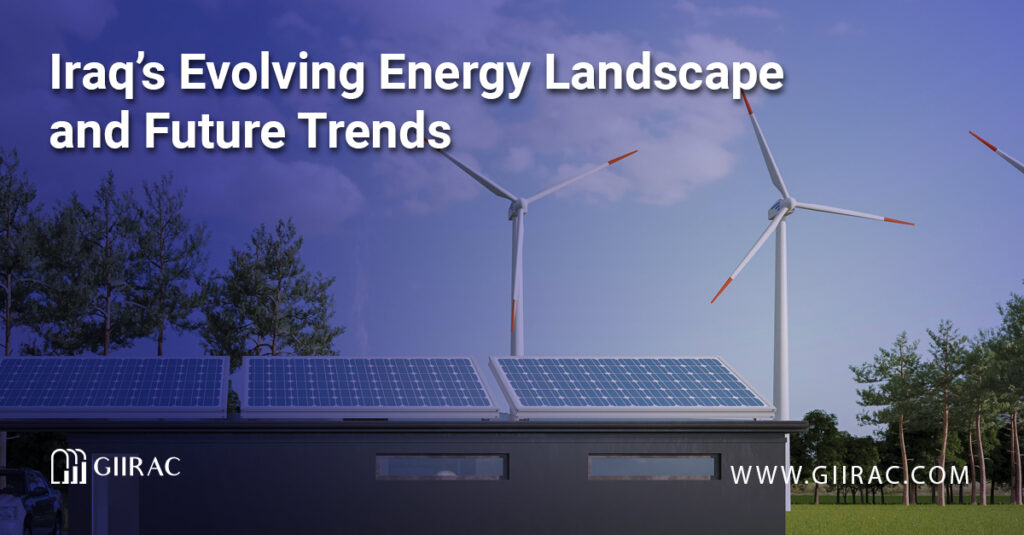Iraq’s energy profile reflects its reliance on oil and gas, with gradual steps toward diversification. According to the International Energy Agency (IEA), in 2022, Iraq’s total Energy Supply (TES) —which comprises all energy produced or imported, minus exports or storage— reached 2,58 million TJ, with 74% from oil, 25.6% from natural gas, and less than 0.5% from hydropower.
On the production side, crude oil accounted for over 96% of Iraq’s total energy output in 2022 (9.4 million TJ), while natural gas contributed 3.4% (337,211 TJ). Despite this reliance on hydrocarbons, Iraq aims to broaden its energy mix, targeting 5% renewable capacity by 2030.
Foreign investment is reshaping Iraq’s energy sector. In May 2024, licensing rounds saw Chinese firms secure 10 out of 13 oil and gas projects, while Western companies focus on reducing flaring and enhancing gas utilization. These developments bolster domestic electricity needs—where oil (63,559 GWh) and gas (67,276 GWh) supply over 98% of power generation—while also reinforcing Iraq’s export potential.
However, infrastructure gaps and water scarcity pose ongoing challenges. Solar initiatives and facility upgrades aim to meet growing demand and reduce environmental impacts. Looking ahead, the IEA projects global oil demand to rise from 102.3 mb/d in 2023 to 104.4 mb/d by late 2024. Iraq’s crude supply is expected to remain near 4.2 mb/d, aligning with its strategy for stable output and expanded gas utilization.

